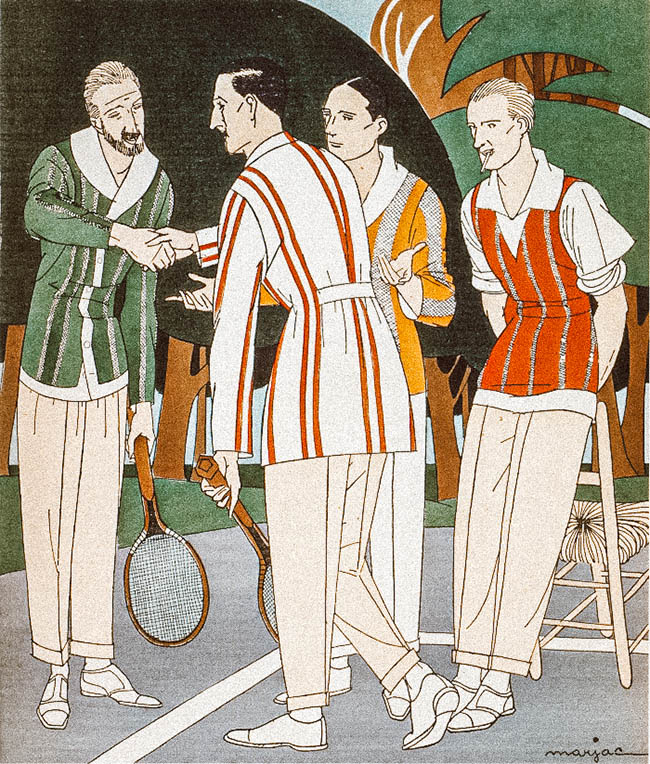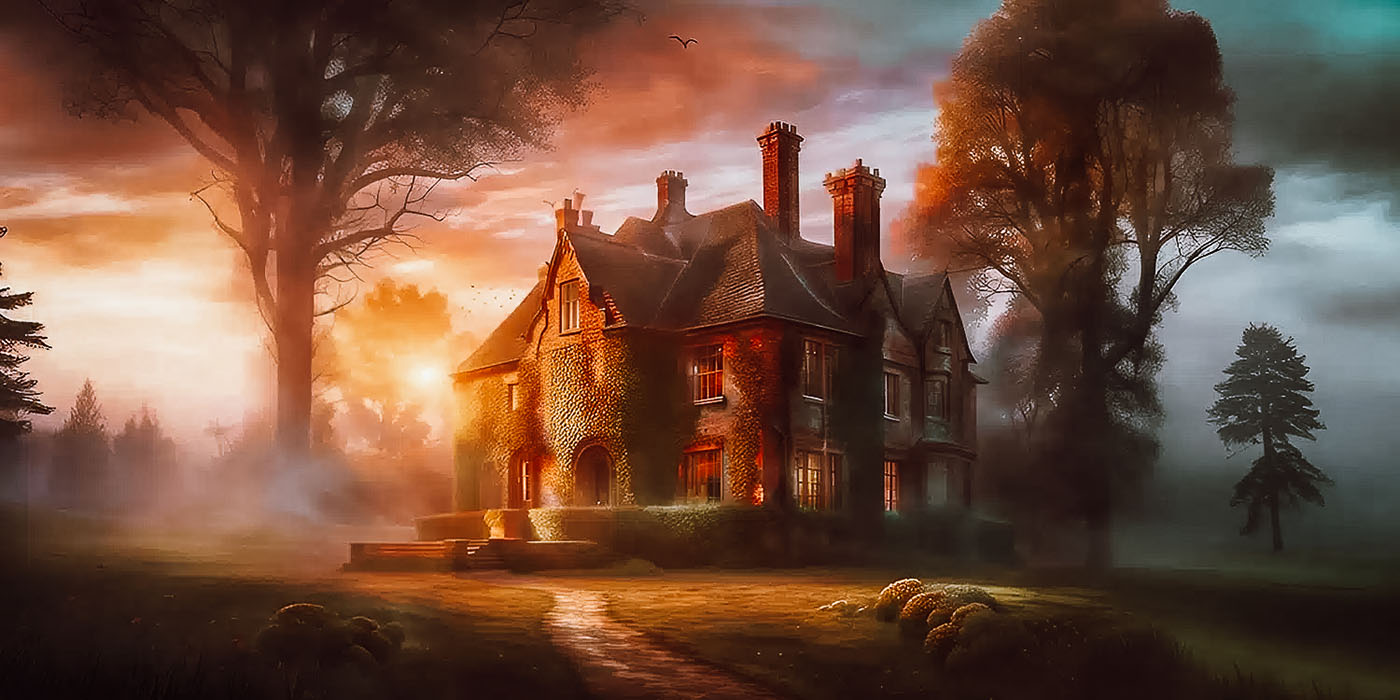I finally got around to writing up my thoughts on A.A. Milne’s classic detective story, The Red House Mystery. While recovering from Covid a couple of weeks ago, I sought comfort in reading this book. To my surprise, I hadn’t even realized that the creator of one of the most beloved childhood characters, Winnie the Pooh, also penned a detective novel.
As it turns out, Milne didn’t confine himself to being a detective story writer. The Red House Mystery, published in 1921, is his sole foray into the genre. In his autobiography, Milne explained why he chose not to pursue detective fiction further, showcasing his inclination to avoid being boxed into a single style or category as a writer.
It has been my good fortune as a writer that what I have wanted to write has for the most part been saleable. It has been my misfortune as a business man that, when it has proved extremely saleable, then I have not wanted to write any more.
A.A. Milne, It’s Too Late Now
This review of The Red House Mystery is part of the British Crime Classics Challenge Bingo hosted by The Book Decoder. It serves as my entry for the “Locked Room” category. Be sure to check out the tag #British Crime Classics for more reviews and entries from this exciting challenge!
Story Summary & Thoughts

The book opens strongly by setting the scene of that strange day when Robert, the ne’er-do-well brother of Mark Ablett, is found dead on the floor of the office. The domestics gather to discuss the impending arrival of the man who hasn’t been seen in the country for about 15 years. There’s some prejudice about him coming from Australia, as Mrs. Stevens remarks:
And if he’s been in Australia, as you say, well, I daresay he’s had his reasons.
Chapter 1
From what I’ve gathered from historical context, this insular notion may have stemmed from Australia’s history as a penal colony of Britain. Mrs. Stevens’ opinion is a perfect example of what everyday citizens might have thought during that period. The dialogues throughout the book are engaging and natural, and Milne is quite adept at painting a vivid picture of the house. I could easily imagine what it would be like to stay in such a place as a weekend guest.
In The Red House Mystery, you can clearly see Milne’s beliefs about detective stories. Including an introduction by the author was a boon for understanding how the story came about. He gives hints about how the culprit escaped being caught red-handed and outlines his expectations for a detective character.
For this is really what we come to: that the detective must have no more special knowledge that the average reader. The reader must be made to fee that, if he too had used the light of cool inductive reasoning and the logic of stern remorseless facts (as, Heaven bless us, we are quite capable of doing), then he too would have fixed the guilt.
A.A. Milne, Introduction

The protagonist in The Red House Mystery, Mr. Gillingham, is an intriguing character. Paired with Mr. Beverley, they form a sort of Sherlock Holmes/Dr. Watson duo. In Gillingham, Milne crafted the ultimate amateur detective—well-off, pleasant-looking, reasonably intelligent, adventurous, a keen observer, and a gentleman. Beverley, the Watson of the pair, is equally engaging. He avoids the pitfall of being irritating, which Watson can occasionally be, and is actively involved in solving the mystery.
A Watson, then, but not of necessity a foot of a Watson. A little slow, let him be, as so many of us are, but friendly, human, likeable…
A.A. Milne, Introduction
I was looking forward to seeing them in action in future cases, but alas, they exist only in The Red House Mystery. The other characters, apart from Mr. Cayley, didn’t play significant roles in the story. In other detective stories, these secondary characters might have been more involved—perhaps as suspects—but here they seem to be included more for color than relevance.
It was surprising to see almost no romantic subplot. While I often enjoy romance subplots, Milne was adamant about leaving it out. In my view, this was a slight disservice to the plot. The absence of romance lessened the intensity of the motive behind the crime, and the final explanation to the puzzle felt a bit out of left field.
All in all, The Red House Mystery was a delightful read, carried by the strength of its detective duo and Milne’s superb writing style.


